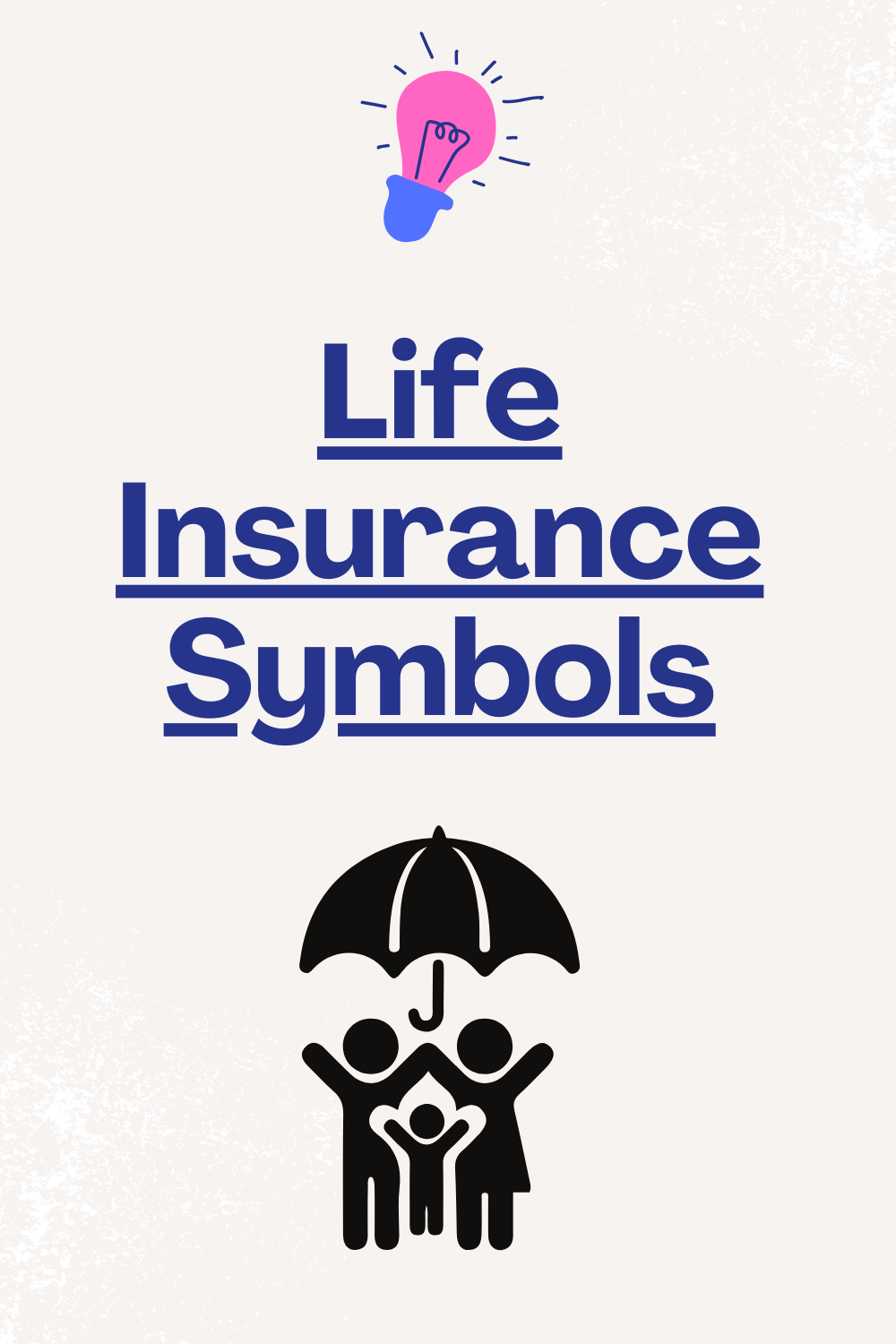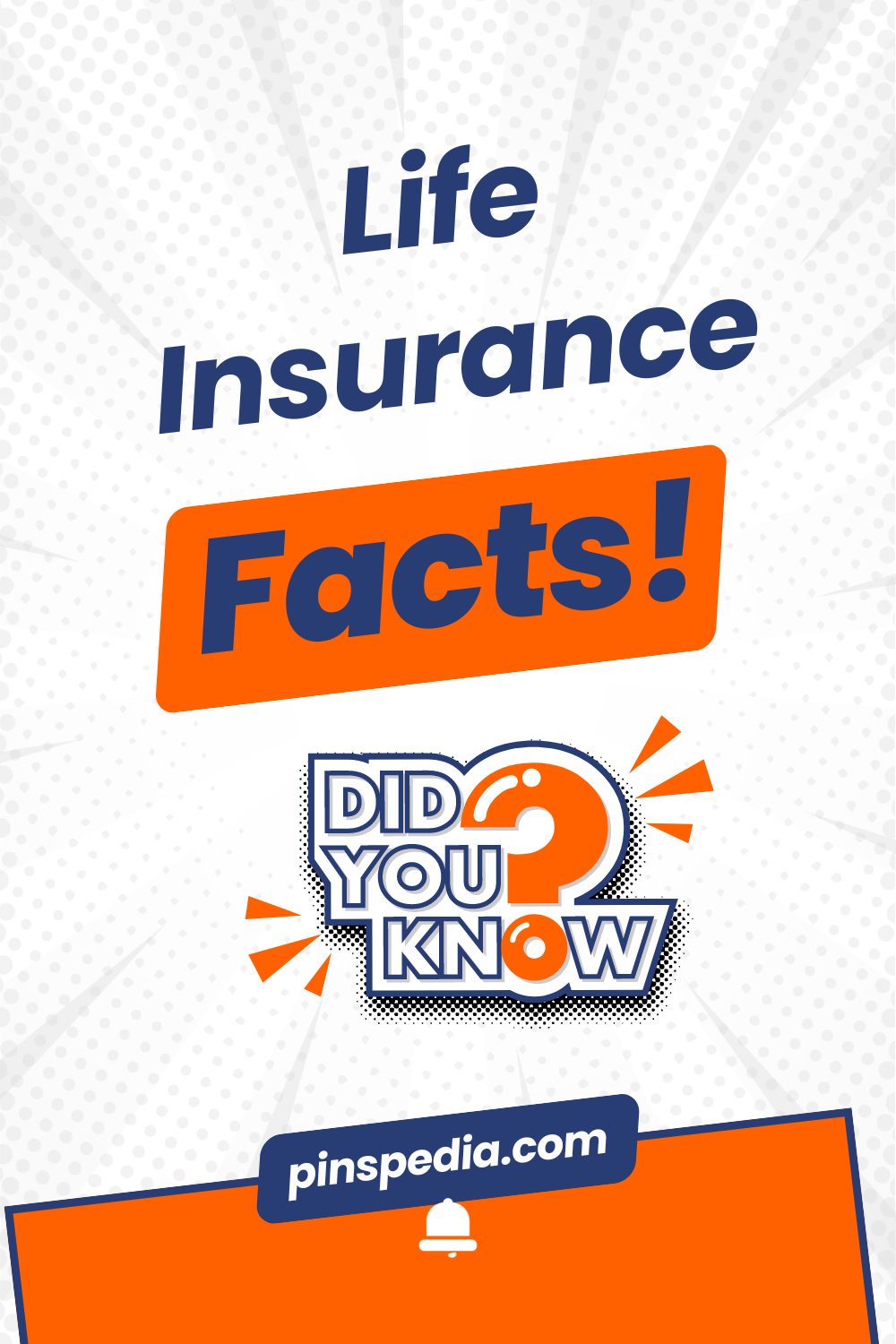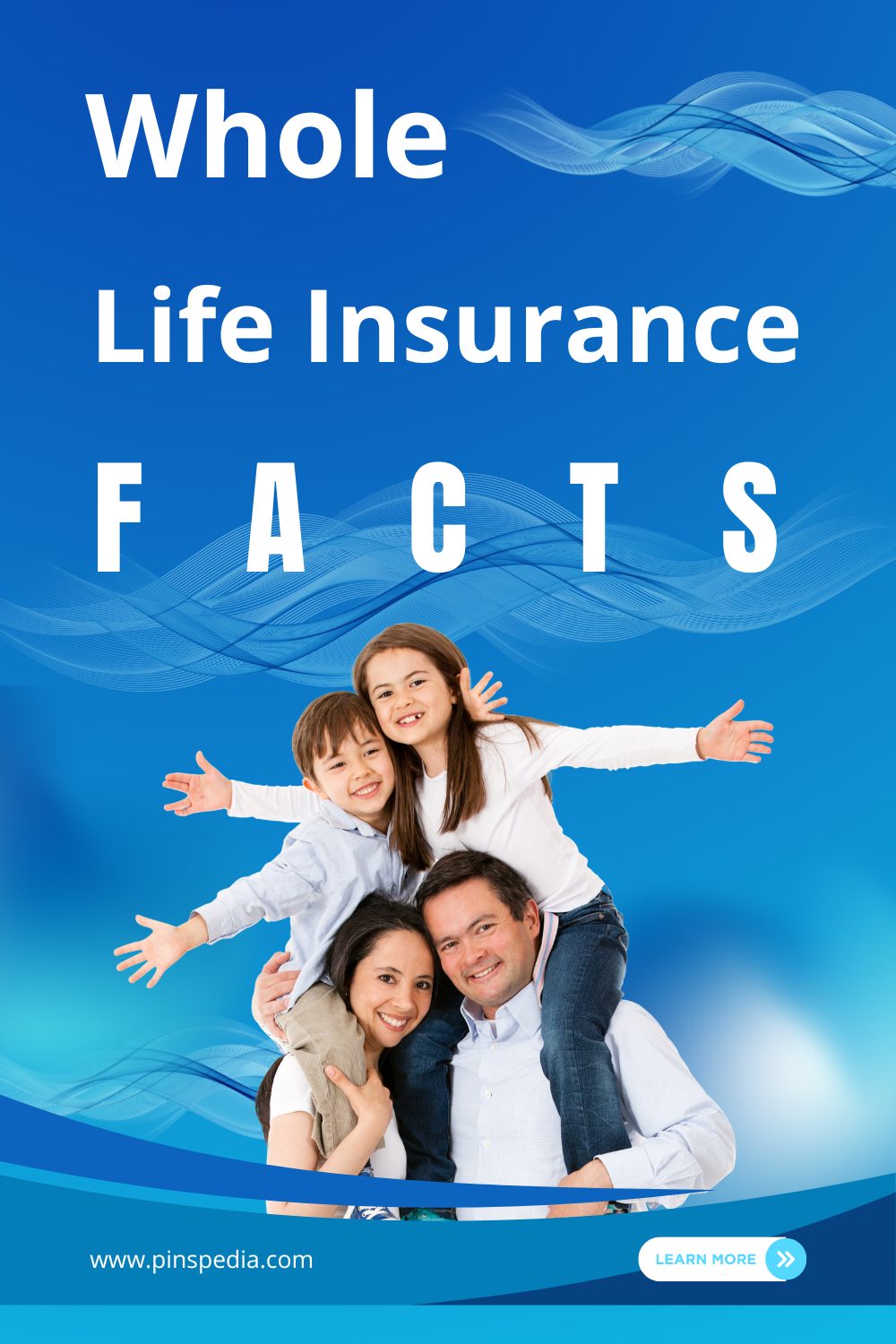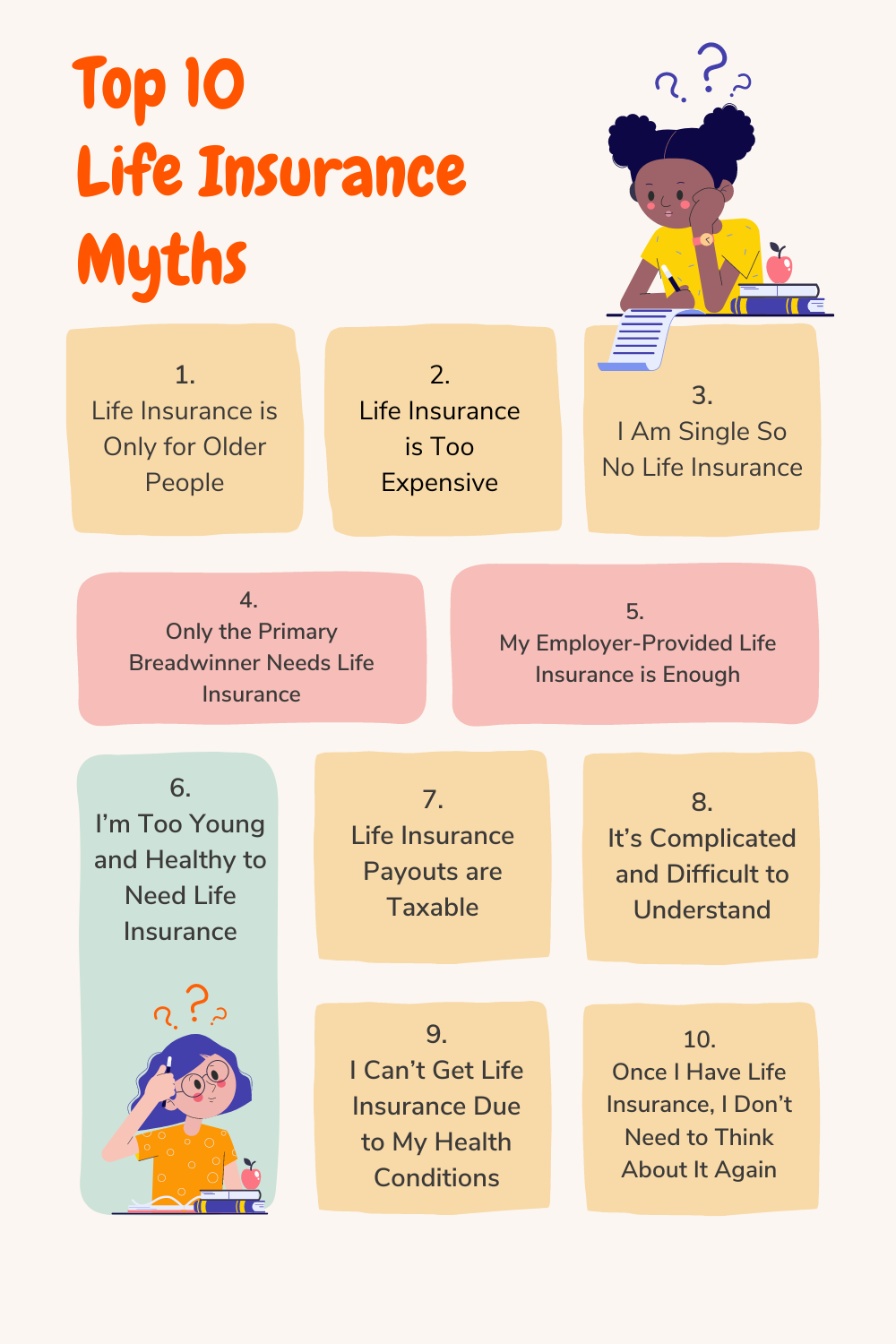The Ultimate Guide to Building an Effective Life Insurance Sales Funnel
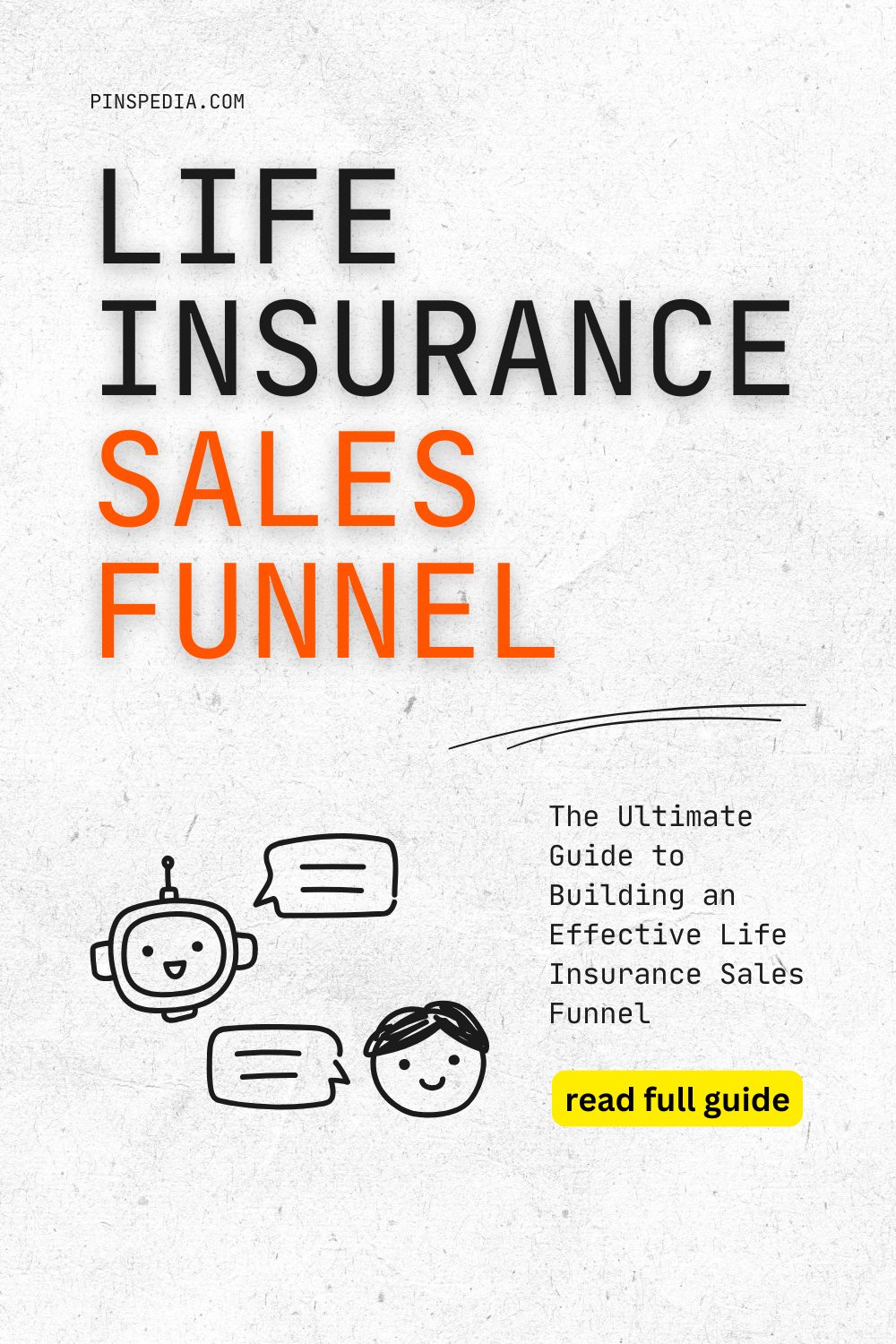
In today’s digital-first world, life insurance sales have evolved far beyond cold calling and door-knocking. Successful agents and agencies are no longer chasing prospects — they’re attracting them. The secret? A well-crafted life insurance sales funnel.
When built correctly, a sales funnel becomes your 24/7 sales machine, guiding potential clients from curiosity to conversion. If you’re an insurance professional looking to boost leads, close more policies, and scale your business without burning out, this guide will show you exactly how to build a life insurance sales funnel that works on autopilot.
What is a Life Insurance Sales Funnel?
A life insurance sales funnel is a step-by-step process designed to move potential customers from the awareness stage (when they first learn about you) all the way to the action stage (when they purchase a policy).
Instead of relying on hope or random outreach, a funnel uses automated systems, targeted messaging, and strategic content to qualify leads, build trust, and convert them into paying clients.
In simple terms, think of it like this:
- Top of funnel (Awareness): Get in front of people who may need life insurance.
- Middle of funnel (Consideration): Provide education and nurture trust.
- Bottom of funnel (Decision + Action): Offer solutions and make it easy for them to buy.
Why Do You Need a Sales Funnel for Life Insurance?
People don’t buy life insurance impulsively. They do research, ask questions, compare options — and they hesitate. A sales funnel bridges that gap between interest and action by:
✅ Positioning you as a trustworthy authority.
✅ Answering questions before they’re even asked.
✅ Helping prospects feel educated, not pressured.
✅ Automating follow-ups so no leads slip through the cracks.
✅ Allowing you to focus your time on serious, qualified buyers instead of chasing cold leads.
A well-designed funnel becomes the difference between “hoping” clients come to you and having a predictable system that brings leads daily.
The 5 Key Stages of a Life Insurance Sales Funnel
1. Attract — Lead Generation That Works
The funnel starts with visibility. You can’t sell life insurance to people who don’t know you exist. That’s why your first goal is to attract attention from your ideal client.
Strategies to Attract Leads:
- Content Marketing: Write blog posts answering questions like “How much life insurance do I need?” or “Term vs. Whole Life — Which is right for me?”
- Social Media Presence: Post regularly on platforms like Facebook, Instagram, and LinkedIn. Share tips, success stories, and behind-the-scenes glimpses of your work.
- Paid Advertising: Run targeted ads on Google or Facebook aimed at people searching for life insurance options or financial planning.
- YouTube Videos: Many consumers prefer learning through video. Create short, helpful videos explaining complex insurance concepts in simple terms.
- Lead Magnets: Offer a free guide, checklist, or insurance calculator in exchange for an email address. Example: “Download the 2024 Life Insurance Buyer’s Checklist.”
The key is to meet people where they are — whether they’re searching online, scrolling through social media, or watching videos.
2. Engage — Building Trust and Educating
Once you’ve attracted potential leads, it’s time to engage them and start nurturing the relationship. Most people aren’t ready to buy on first contact. This stage is about educating them, building trust, and positioning yourself as the expert.
Ways to Engage:
- Email Sequences: After someone downloads your lead magnet, send an automated sequence of emails over the next 2-3 weeks. Educate them about life insurance, answer FAQs, and introduce yourself and your process.
- Webinars: Host free, live webinars where you explain “What to know before buying life insurance” or “The biggest mistakes people make when choosing coverage.”
- Client Stories and Testimonials: Share real-life examples of how you’ve helped clients protect their families or save money.
- Interactive Quizzes: Use quizzes like “What type of life insurance is right for you?” that also serve as lead generators.
- Social Proof: Post success stories and positive reviews on your website and social channels.
At this point, your goal is not to sell — it’s to help. The more value you provide, the more trust you earn.
3. Convert — Turning Warm Leads Into Hot Prospects
When you’ve engaged and educated your leads, some will become highly interested — now is the time to convert that interest into action. But they need guidance and reassurance.
How to Convert Effectively:
- Simple, Clear Calls-to-Action: Add buttons like “Get Your Free Quote” or “Book Your Consultation” on every page.
- Appointment Scheduling Tools: Integrate tools like Calendly to make booking calls seamless.
- One-on-One Consultations: Offer a free 15-minute call to review their needs and show them you’re here to help, not pressure.
- Comparison Charts: Create simple visuals that compare term, whole, and universal life insurance so they can make informed decisions.
- Urgency or Limited-Time Offers: Example: “Rates may rise next quarter — lock in your premium today.”
This stage is where you eliminate confusion and make the decision-making process easy.
4. Close — Making the Sale Seamless
The final buying decision is emotional and logical. Your job at this stage is to make the buying process smooth, secure, and professional.
Best Practices for Closing Sales:
- Streamlined Application Process: Walk them through the application or have your team do it for them.
- Pre-underwriting Help: Answer any last-minute questions about medical exams or approvals.
- Follow-up Reminders: If someone hasn’t completed their application, send friendly reminder emails or text messages.
- Post-sale Communication: After they purchase, send a welcome email explaining what happens next and how to reach you if needed.
A smooth closing process increases not only conversions but also referrals.
5. Retain — Turn Clients Into Lifetime Referrals
Your funnel doesn’t end with the sale. It’s much easier (and more profitable) to retain clients and turn them into referral sources than it is to constantly chase new business.
Retention and Referral Strategies:
- Annual Policy Reviews: Offer yearly check-ins to ensure their policy still fits their needs.
- Cross-Sell Other Policies: If they purchased term life, introduce them to disability or long-term care insurance.
- Client-Only Perks: Exclusive webinars or educational events for clients.
- Referral Incentives: Offer gift cards or charitable donations for referrals.
- Consistent Check-Ins: Send birthday wishes, policy anniversary emails, and relevant updates.
Happy clients become your best marketing asset.
How to Automate Your Life Insurance Sales Funnel
The best part? Most of this process can run on autopilot.
- CRM Software: Use tools like HubSpot, Zoho, or Salesforce to track leads and automate follow-ups.
- Email Automation: Platforms like Mailchimp or ActiveCampaign can run email sequences that educate and nurture prospects.
- Ad Retargeting: Automatically show ads to people who visited your site but didn’t take action.
- Chatbots: Install website chatbots to answer common questions and pre-qualify visitors.
Automation frees up your time so you can focus on building relationships and closing deals.
Common Mistakes to Avoid in Your Life Insurance Sales Funnel
- Being too pushy too early: Focus on helping, not selling.
- Lack of clarity: Make every step obvious and easy to follow.
- No follow-up: Most prospects need multiple touches before they buy.
- Ignoring mobile users: Your funnel must work on smartphones and tablets.
- Not tracking results: Monitor conversion rates and tweak what isn’t working.
Conclusion: Build Your Funnel and Watch Your Business Grow
Building a life insurance sales funnel isn’t just a trendy marketing strategy — it’s a business necessity.
When done right, your funnel becomes a system that consistently generates leads, nurtures trust, and converts prospects into clients — all while you focus on what you do best: helping people protect their future.
Start building your funnel today, and within months, you’ll have a pipeline full of qualified, eager clients who come to you — not the other way around.

